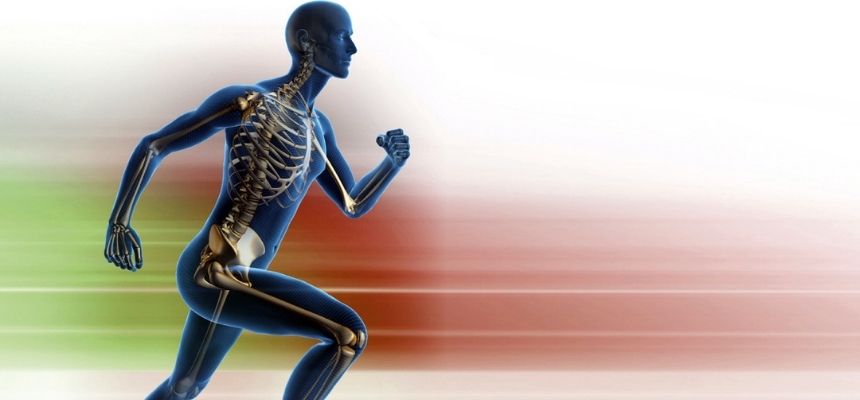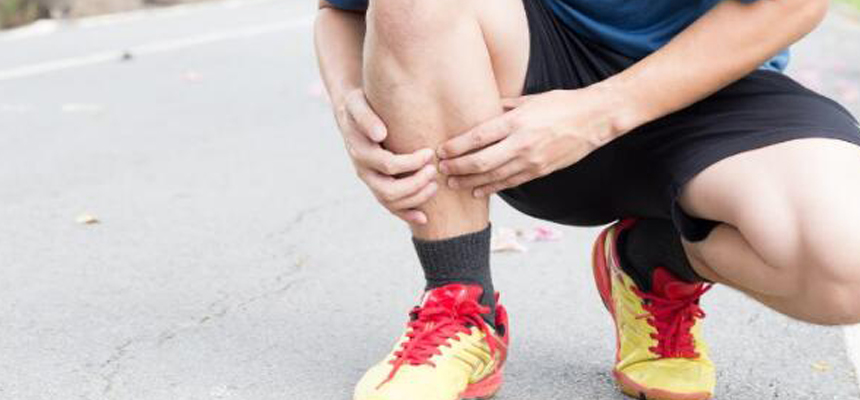EXERCISE FOR YOUR BONE HEALTH NOT JUST MUSCLES

It is very well known that exercise improves muscle strength, prevents obesity, reduces the risk of heart diseases and improves endurance. Perhaps, it is not well understood that regular physical activity can also help in building and maintaining healthy bones.
(1).jpg) Dr. Neelam V Ramana Reddy, Consultant Orthopaedician and Joint Replacement Surgeon, STAR Hospitals, said, “Aging, along with certain diseases and medications, can cause bones to become very weak and fragile over time - a condition called Osteoporosis. It often occurs in women after menopause, and in men in older age. This bone-thinning disease puts people at a greater risk for broken bones, which can seriously limit mobility and independence. We also tend to lose muscle as we age - a condition called Sarcopenia. People who develop Osteoporosis or Sarcopenia are considered frail: more likely to fall and more likely to break a bone.”
Dr. Neelam V Ramana Reddy, Consultant Orthopaedician and Joint Replacement Surgeon, STAR Hospitals, said, “Aging, along with certain diseases and medications, can cause bones to become very weak and fragile over time - a condition called Osteoporosis. It often occurs in women after menopause, and in men in older age. This bone-thinning disease puts people at a greater risk for broken bones, which can seriously limit mobility and independence. We also tend to lose muscle as we age - a condition called Sarcopenia. People who develop Osteoporosis or Sarcopenia are considered frail: more likely to fall and more likely to break a bone.”
Exercise works on bones much like it works on muscles, yes indeed, it makes them stronger. Exercise is important for building strong bones when we are younger, and it is essential for maintaining bone strength when we are older. Because bone is a living tissue, it changes over time in response to the forces placed upon it. When you exercise regularly, your bone adapts by building more bone and becoming denser. This improvement in bone requires good nutrition, including adequate Calcium and Vitamin D.
Another benefit of exercise is that it improves balance and coordination. This becomes especially important as we get older because it helps to prevent falls thereby resulting into broken bones.
THERE ARE MANY DIFFERENT TYPES OF EXERCISE AND THEY ALL OFFER HEALTH BENEFITS. THE TWO TYPES THAT ARE MOST EFFECTIVE FOR BUILDING STRONG BONES ARE WEIGHT-BEARING EXERCISE AND STRENGTH-TRAINING EXERCISE.
WEIGHT-BEARING EXERCISE
Weight-bearing describes any activity you do on your feet that works on your bones and muscles against gravity. When your feet and legs carry your body weight, more stress is placed on your bones, making your bones work harder. Weight-bearing exercise after young adulthood can help prevent further bone loss and strengthens the bone.
Examples of weight-bearing exercise include:
- Brisk Walking and Hiking
- Jogging / Running
- Dancing
- Jumping Rope
- Tennis, Badminton, Ping Pong
- Team Sports, such as Basketball, Football and Volleyball
- Stair Climbing
STRENGTH-TRAINING EXERCISE
During strength-training activities, resistance is added to movement in order to make muscles work harder and, over time, become stronger. Although resistance exercises focus on increasing muscle mass, they also put stress on bones and have bone-building capacity.
Common types of strength training include weight machines, free weights, and exercises (such as push-ups) that use your own body weight. Elastic bands can also be used to add resistance to exercises.
A general guideline for strength training is to exercise each major muscle group at least twice a week. Be sure to rest for a full day between strength sessions.
ADOLESCENTS AND YOUNG ADULTS
Building strong bones begins in childhood. The best time to build bone density is during years of rapid growth. We essentially develop the skeleton that must last our lifetime when we are between the ages of 10 and 18 years old. Our peak bone mass in maximum strength and density is achieved in our late twenties.
Weight-bearing exercise during the teen years is essential to reach maximum bone strength. A teen's physical activity should include 20 to 30 minutes of weight-bearing exercise at least 3 to 4 days each week.
For further details contact- 040 4477 7777, 9100 911 911
Book Appointment: Dr. Neelam V Ramana Reddy, Consultant Orthopaedician and Joint Replacement Surgeon, STAR Hospitals

 Disclaimer: Welthi.com does not guarantee any specific results as a result of the procedures mentioned here, and the results may vary from person to person.
Disclaimer: Welthi.com does not guarantee any specific results as a result of the procedures mentioned here, and the results may vary from person to person.









